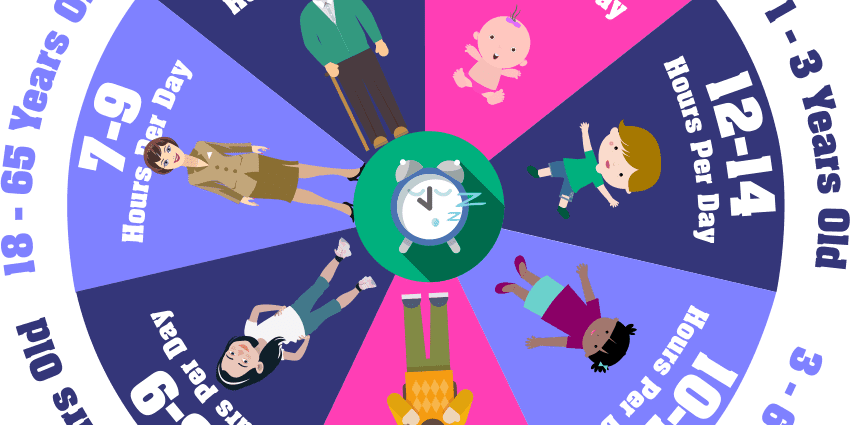We spend miles of nerves to put this restless miracle to take a nap. What if all is in vain and he has already grown out of this regime?
“Sleep is a reboot of the brain,” a neurologist explained to me at one time. – It is very important for children, especially those with hyperactivity, to sleep during the day. It is a must for preschoolers, and it is also desirable for first graders: it’s easier to adapt to new loads this way ”.
Easy to say. But to do … From the age of four or five, many parents begin to struggle for daytime sleep. Try to put this “electric broom”, which urgently needs something to eat, then to the toilet, then a book … And if you can’t lull the baby to sleep, then by evening you get a little monster – tired and dissatisfied with life.
“And this is also correct,” the neurologist responded to my complaints. – The child grows up, the world around him is more interesting than sleep. He tries to make his own decision: do not sleep! At the same time, he objectively cannot assess his fatigue. So the parents’ task is to help him. “
And here is another situation: the baby may and wants to sleep during the day, but at this time he has “sections” or other “things”. There is no way to lay it down.
How, then, to understand that the child is ready to painlessly give up daytime sleep? Here are the main signs.
– Even if the child obediently went to bed, he cannot fall asleep for 40-50 minutes. Spinning, spinning, maybe even a scandal. He says he doesn’t want to sleep.
– If, nevertheless, he falls asleep, then in the evening he is awake for an extra 1,5-2 hours: exactly as much as he slept during the day. Difficulty falling asleep in this case is due to the fact that the body is too rested and is now trying to regulate the balance of sleep and vigor. As a rule, this is a vicious circle: he fell asleep late at night, got up late in the morning, again does not want to sleep during the day, takes a long time to stay in bed, and so on.
– Set up an experiment and do not put the child to bed in the afternoon for a couple of days. If he instantly falls asleep in the evening and fulfills the daily sleep rate (12-14 hours, depending on age), then the regime is ready to change.
– During the same experiment, observe the behavior of the child. If by 6-7 in the evening he becomes at first lethargic and sleepy, begins to lay down on a sofa or bed and practically falls asleep on the go, it is early to give up daytime rest. If the baby plays calmly and cheerfully all day, it means that he has enough night’s sleep for the whole day. Note that hyperactive children in this situation, on the contrary, become overly agitated. Do not be fooled, in fact, this is a sign of extreme fatigue, which will turn into hysteria by 99,9 percent.
– If a child quickly falls asleep in the car during the day during long trips, then his body still needs a rest. The ability to stay awake in transport is also one of the signs of readiness to stop sleeping during the day.
– Every day in kindergarten they tell you that your child again refused to sleep today. This is a significant indicator: as a rule, in the kindergarten, by the time of the quiet hour, children get tired more than at home. And educators for them are more authoritative than their parents. If they too could not sleep, it means that the child has definitely matured.
IMPORTANT!
If you do decide to skip daytime sleep, here are some general guidelines.
1. This should be done after three years. Until this age, siesta is necessary.
2. Start gradually, two to three times a week. The body will gradually rebuild to a new regime.
3. Giving up sleep is not the same as giving up rest. “Quiet hour”, albeit with a book or quiet games in bed, but it should be. The main thing is without a TV or other gadgets.
4. If you see that the child wants to sleep, that day, put him to bed, even if before that he had completely given up daytime sleep.
5. Do not forget that during illness and increased stress – physical, mental, any body needs additional rest.










